Sowing Resilient Landscapes
When we think of urban areas, we often think of drab gray landscapes, perhaps with a splash of green in a turfed area. But what if we could bring the gorgeous wildflower scenes Coloradans often seek in the prairie and mountains to the Front Range? An ongoing experiment at Chatfield Farms is looking at just that!
In May 2023, the horticulture research team sowed seed mixes comprised of 25 different species of herbaceous flowering plants (forbs) and eight grass species, with most of these 33 species being native to Colorado. The seed mixes were manipulated to include different ratios of forbs to grasses to determine how different proportions of seed types affect the species composition over time (i.e., do larger starting amounts of grass seeds result in more grass-dominated systems, more quickly). Additionally, these varied seed mixes were sown in differing sowing mulches to test differences in germination and weed control across these different substrates. Since the seeds were sown, regular monitoring during the 2023-24 growing seasons has included measures of vegetation coverage, flower counts, species diversity, total productivity and weed invasion.
Ideally, the outcome of this experiment is to find the combination of seed mix and sowing mulch that results in a stable community of plants that has high vegetation coverage, with a long and intense blooming season, that requires little maintenance (i.e. minimal weeding and watering). While these plots were watered regularly during seed germination and plant establishment, very little water has been provided beyond that. If this can be achieved, seed mixes could be an aesthetically pleasing, low-cost and low-maintenance alternative to current mainstream turfgrass lawns and could also be placed in roadside rights-of-way, medians and public parks. Not only would these plantings be relatively easy to install, but they would require much less irrigation than turfgrass and provide many more benefits.
One such benefit is that seed-sown areas will be much more biodiverse than turfgrass and, resultingly, they will provide many more ecological services. Importantly, if the planting has a long, heavy blooming season it will be a valuable resource to a variety of pollinators. Plants will provide food and shelter to a whole community of animals as well. A wide range of insects, birds and small mammals have already been observed nesting or foraging in the Chatfield Farms plots.
Of course, there are also benefits to human city dwellers. People, especially urbanites, do not tend to spend much time in nature and exposure to urban green spaces has been shown to have many positive impacts: improved mental health, increased physical activity and overall improved wellbeing. These sown plantings that simulate natural ecosystems people seek outside the city could provide wonderful spaces of escape in much more accessible areas to urbanites. In fact, a similar experiment with sown seed is ongoing in a green roof system, and if such green space continues to be incorporated into urban buildings, these spaces could be even more available in our urban environment!
Gallery
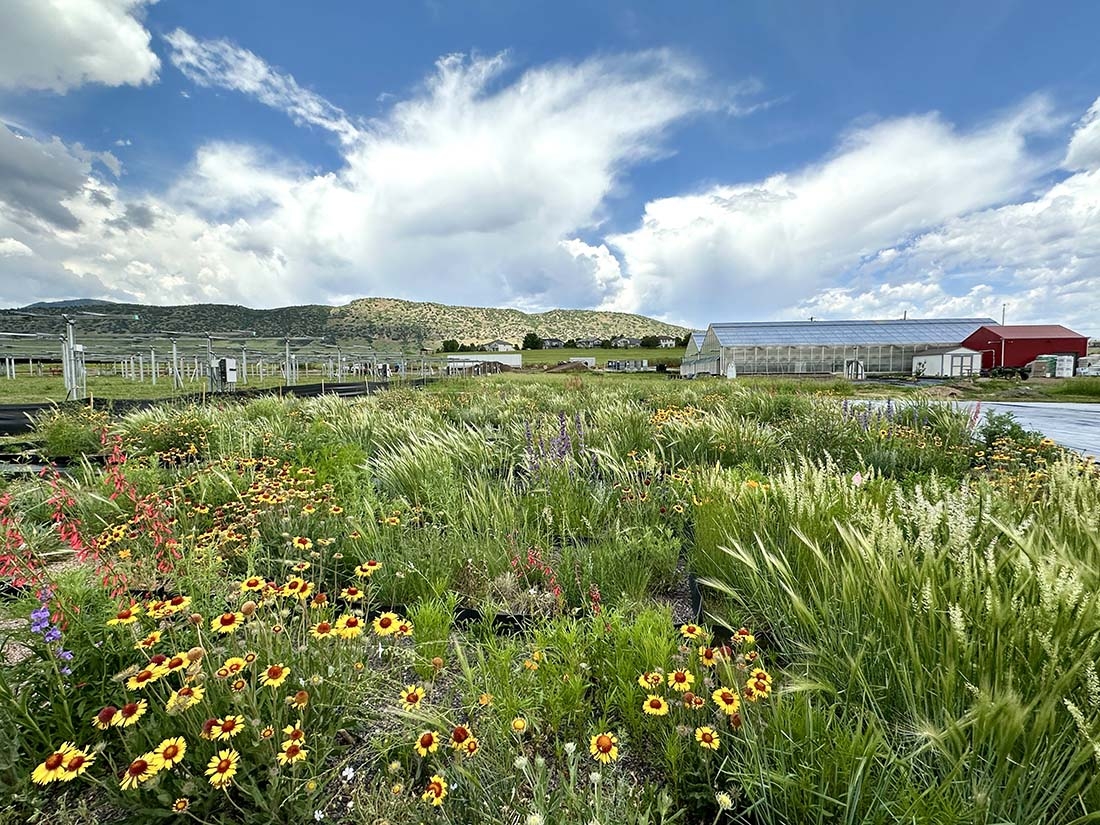

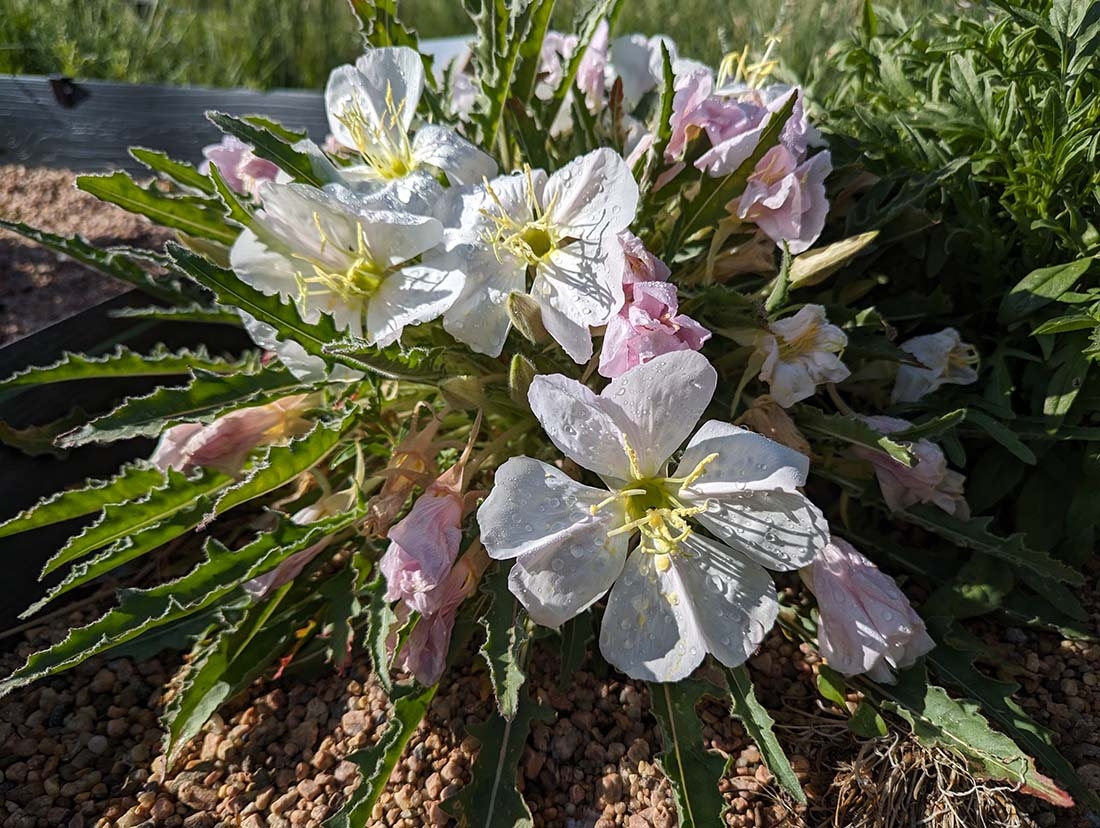
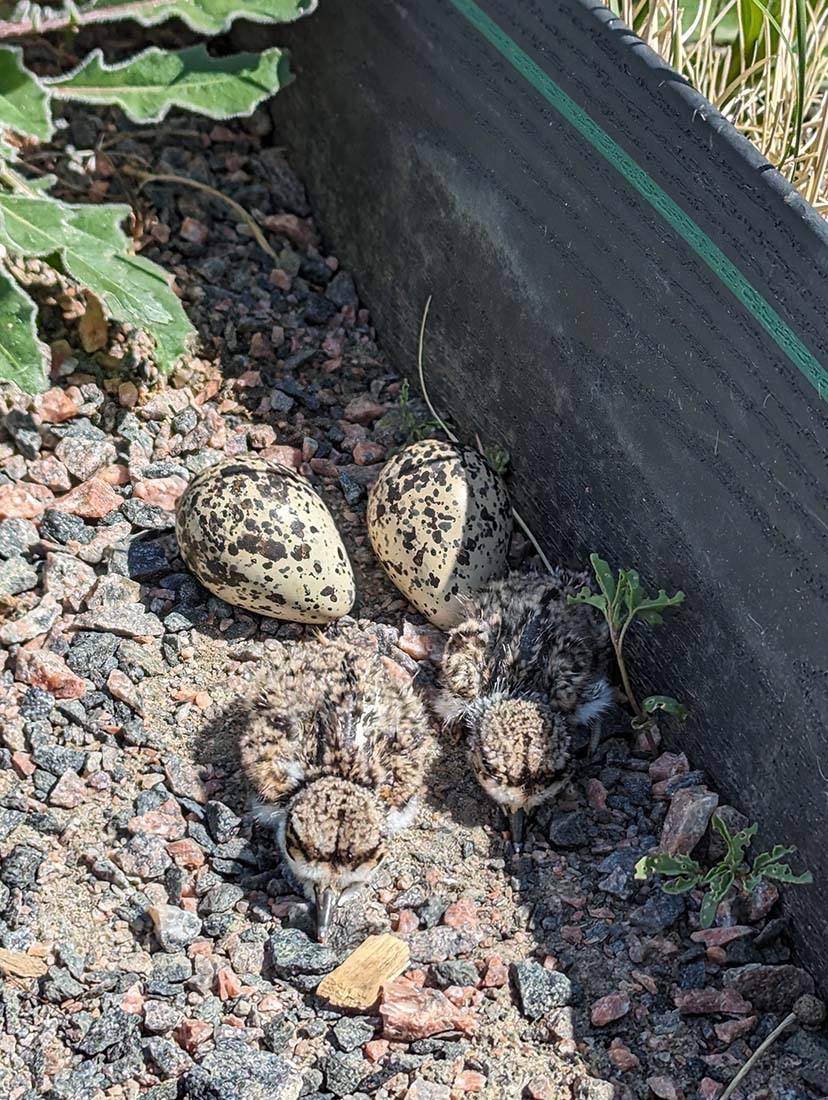
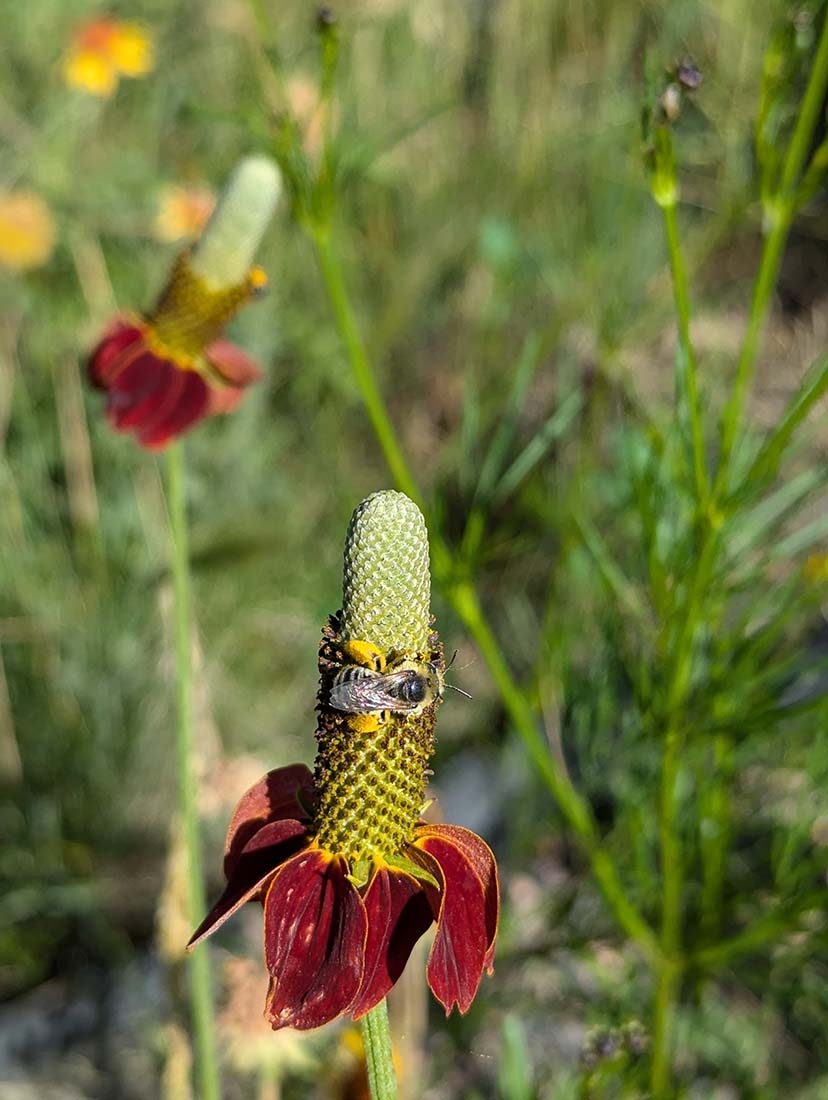
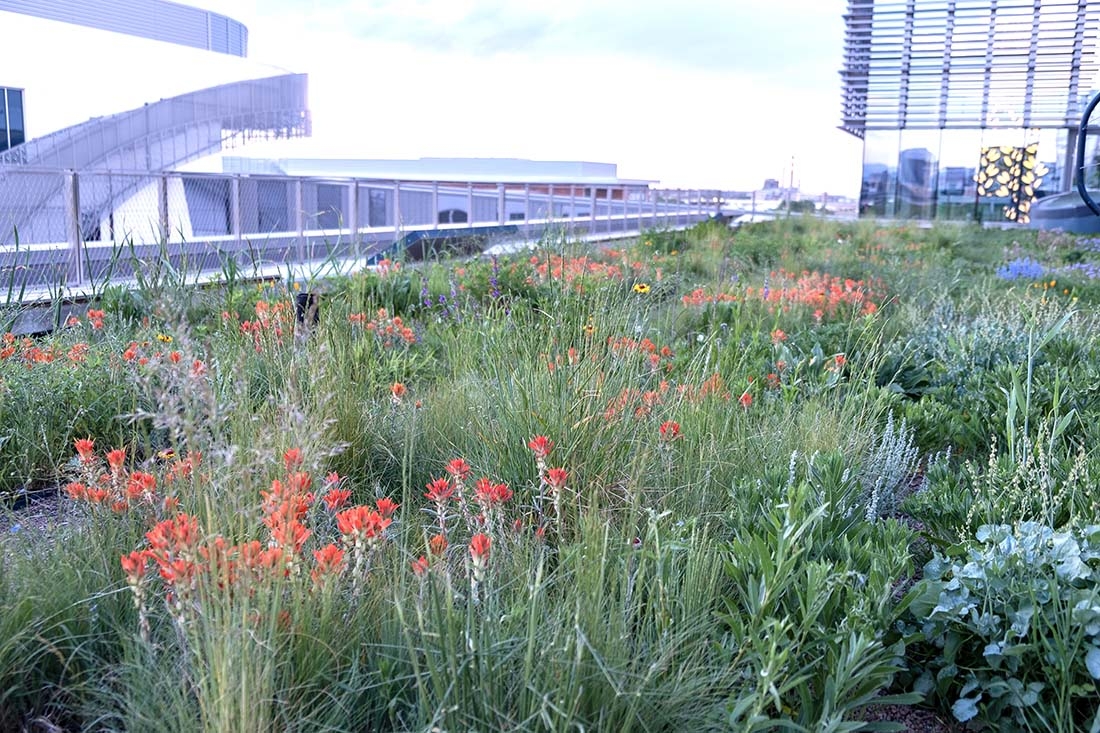
Add new comment